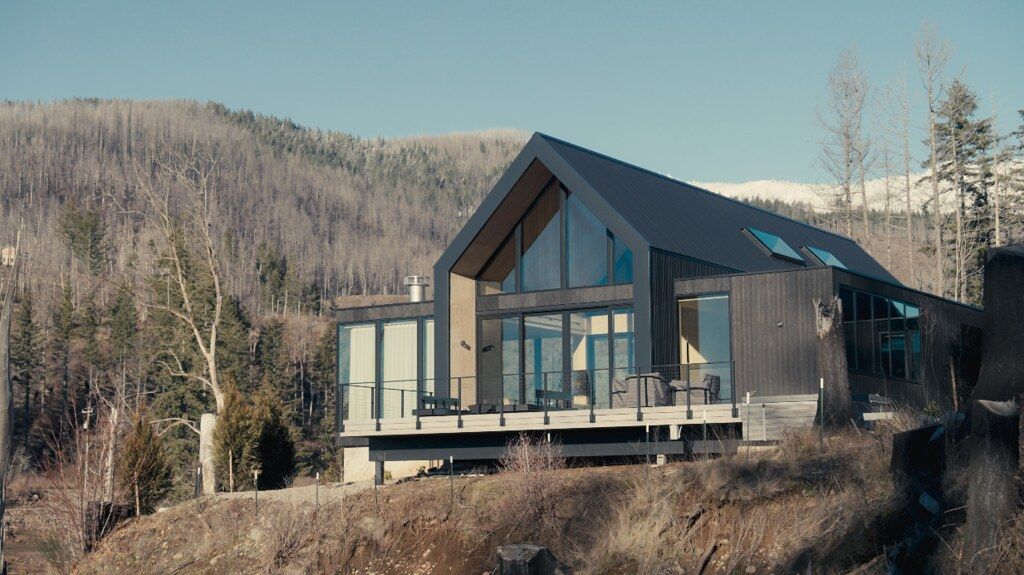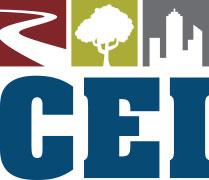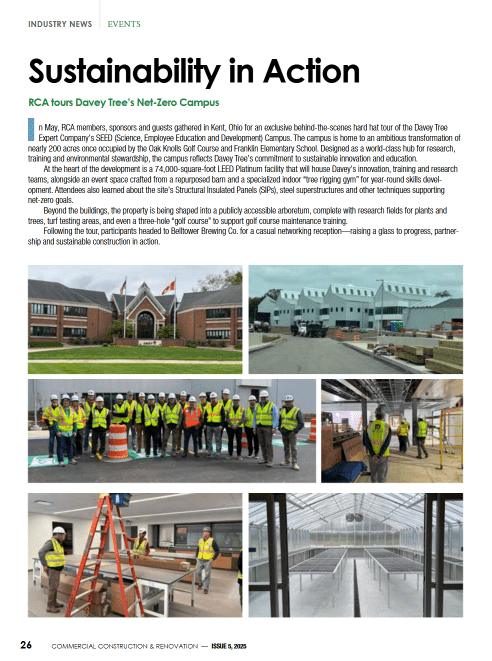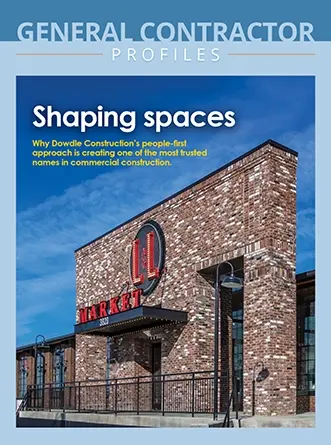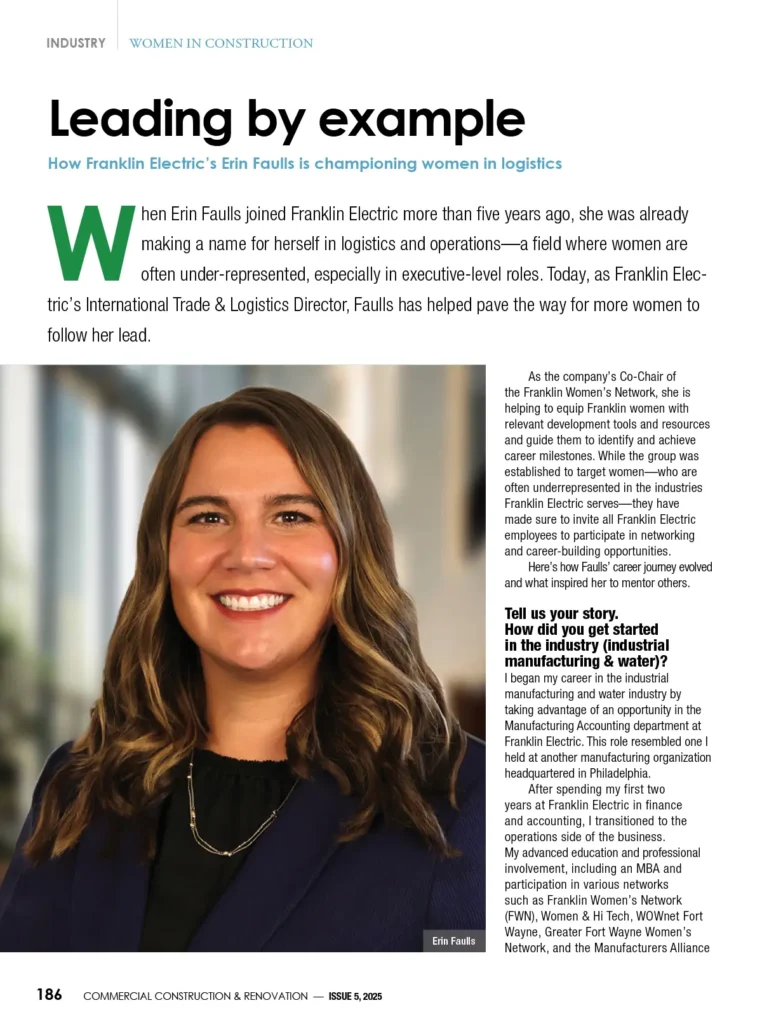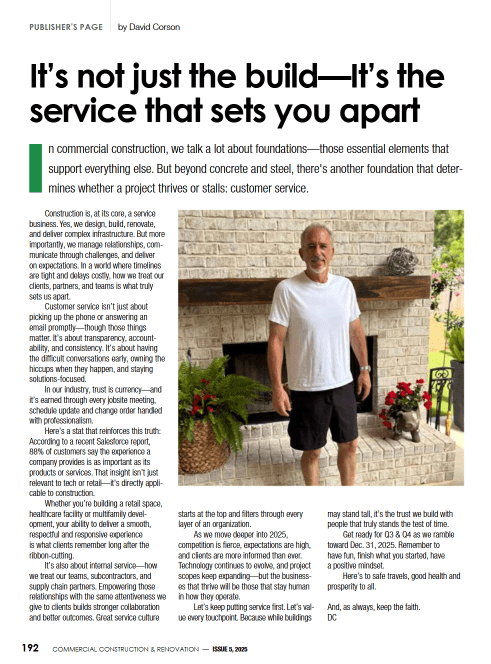As wildfires grow more severe and widespread, homeowners and developers are seeking fire-resistant building materials for residential construction and especially post-wildfire rebuilds. Following rigorous, third-party testing, mass ply is shown to provide an exceptional solution for fire hardening homes.
The solution offers a slower char rate and more consistent fire performance than concrete, steel and even some alternative lumber-based mass timber products.
Fire hardening refers to the process of making a building more fire-resilient, by selecting materials and design choices that slow the progression of fire and resist ignition. Strategies include multi-layered or tempered windows, soffits with ignition-resistant materials and noncombustible siding and trim.
According to the Environmental Protection Agency, “multiple studies have found that climate change has already led to an increase in wildfire season length, wildfire frequency, and burned area.” In Oregon, the legislature has responded by directing the Building Codes Division to adopt new fire hardening building code standards for extreme or high risk regions to better prepare them for wildfires.

Companies like Freres Engineered Wood’s Mass Ply Panels (MPP) are helping in the process. Freres Lumber Co., dba Freres Engineered Wood, has a 100-year history of innovation in the wood products industry, beginning in 1922 when T.G. Freres started a small sawmill in Oregon’s Santiam Canyon. Today, its operations include finished plywood, lumber, veneer and structural composite lumber, Mass Ply products, biochar and a cogeneration facility that supplies renewable power for the local area.
“We’re definitely thinking about fire hardening a lot more than we used to,” says Kent Kaufman, President of Kaufman Homes Inc. “We’ve done several fire rebuilds and there are numerous ways to help prevent a future fire. A few strategic choices, like selecting Mass Ply, can make a really big difference.”
One Oregon homeowner, who lost their family retreat in the 2020 Labor Day wildfires, chose to rebuild with Mass Ply for its proven fire resistance. Kaufman Homes, the general contractor for the build, used approximately 6,750 cubic feet of MPP for the floors, walls and roof of the three-bedroom structure, with six-inch-thick panels providing both strength and fire resistance.
“MPP is highly fire resistant and exceeds a lot of fire safety standards unlike a traditional framed dimensional lumber wall,” says Kaufman. “The structure itself becomes fire-resistant rather than having to apply something to it to become more fire-resistant.”
On to the rebuild
Additional fire hardening measures used in this project include the following:
- Metal and pre-burned shou sugi ban siding and roofing to prevent ignition.
- No gutters, reducing fire-prone debris accumulation.
- Flat and steep-pitched roofs directing runoff to oversized French drains.
- A 15-foot rock buffer around the home to keep flammable vegetation at bay.
- Non-flammable insulation for enhanced protection.
- No vented eaves for sparks to penetrate attic voids. Air cycling is via air exchanger and dehumidifier which can be turned off during a fire event.
- Hose bibs on flat roof sections for easy sprinkler installation.
- Property perimeter sprinkler systems and near house sprinkler systems.
- 20,000 gallon fire pond with a local fire department hookup.
While the homeowner prefers to remain anonymous, this project serves as a compelling example of how MPP can be used to fire harden future homes.
“Fire resilience was built into every aspect of this home’s design,” says Tyler Freres, VP of Sales at Freres Engineered Wood. “We hope this project serves as an inspiration for homeowners and builders looking for smarter ways to construct in wildfire-prone areas.”




